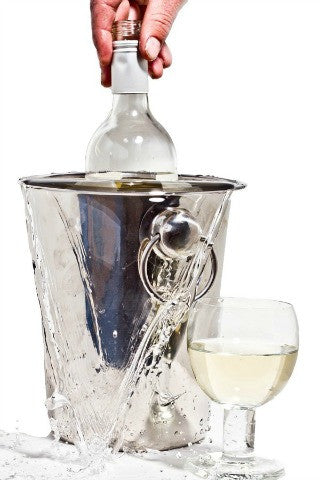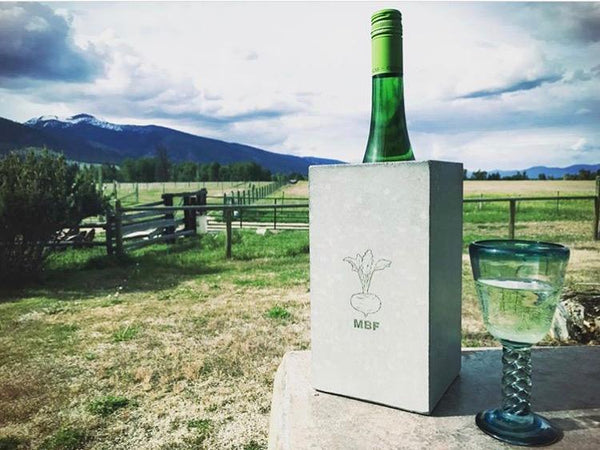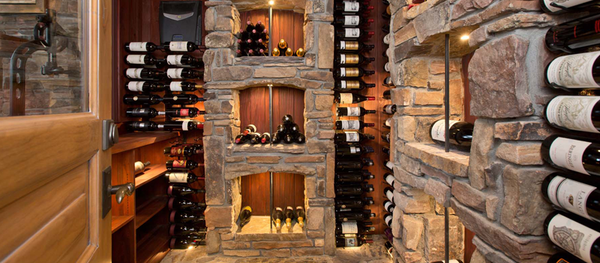Water Shortages Are for Real: How Restaurants Can Conserve

Most of the Angle 33 team just spent a week in Disneyland. We had a blast. We also ate out a lot. It was not lost on me that most restaurants are not automatically serving water.
Why would they?
You never know who will drink the glass in front of them and who won’t. So, I have no problem with having the responsibility to ask for it put on me, as a patron. After all, California is in a historic 4-year drought that has the state ordering the largest cuts on record to farmers holding some of the strongest water rights.
It may be easy not to think about this—because you might live elsewhere, but the truth is, drought impacts everyone:
- Think about how much food is produced in California.
- Think about how many people could be displaced if the drought made life uninhabitable there. Where would they go?
- And then, think about your own home. Here in Western Montana, it’s dry. We are in a drought too—just not as severe as California’s.
Of course, this all sunk in, even more, when we came home to a flooded basement. Our tree-watering operation failed while we were away. Luckily it only happened hours before our return, but all that water—wasted. It made me feel like I was back on the Tower of Terror, except it wasn’t anywhere near as fun.
Needless to say, I’ve been thinking about this, a lot. Since we work with numerous restaurants and wineries, we want to help contribute to their ability to conserve water. Luckily, wine thermals do that inherently.
How?
Think about these facts for a minute:
- In 2013, Americans consumed 892 million gallons of wine. That’s about 2.82 gallons per resident or 14 bottles per person.
- Wine should be served at the appropriate temperature. For most restaurants, that means that they must have the means to keep it from being too warm or cold and serve it that way. That’s where, historically, ice comes in.
- But, ice takes a lot of water to make. How much? A standard 800-pound per day ice machine uses 500 gallons of cooling water per day–plus the water for the ice. Whoa. In California, the cost of that water is just under 4 cents per gallon and rising (not to mention penalties if restaurants overuse their allotted amount). You’re looking at over $7,000 a year, just for ice.
So, yes: one way to conserve is by only serving water to drink when it’s asked for.

But there are other ways!
Serving your wine in thermals eliminates the need to produce ice for the bucket. That means you cut back on your water consumption and can use the ice for more essential purposes, like food safety. It’s really that simple.
I have to admit, this makes me feel even better about what we do. But, it’s not about me; it’s about better business. We’ll be looking more at how drought impacts restaurants and wineries in the future. Stay tuned.
Leave a comment
Comments will be approved before showing up.
Also in News




